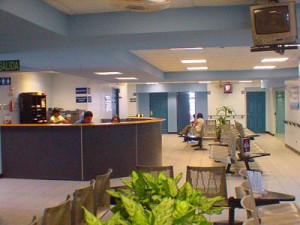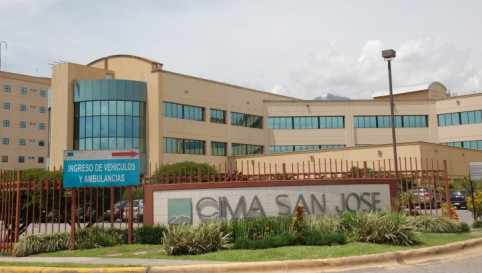Costa Rica Health News – During the biggest snowstorm of the year, 8 students were lucky enough to have been escaping it, studying in Costa Rica. They weren’t learning Spanish, as most foreign students do in Costa Rica, instead they were here to learn about the healthcare system.
 They went to urban and rural areas to see how a universal healthcare system works, and where it’s lacking. Every Costa Rican citizen has health care. It’s funded by 9% of their paychecks and an employer contribution. It covers all conditions, including pre-existent ones, no matter the extent of the needed treatment.
They went to urban and rural areas to see how a universal healthcare system works, and where it’s lacking. Every Costa Rican citizen has health care. It’s funded by 9% of their paychecks and an employer contribution. It covers all conditions, including pre-existent ones, no matter the extent of the needed treatment.
Patients don’t see any bills for checkups, surgeries, prescriptions, or even eye or dental care. The system flaws in elective procedures. For that, most patients buy private insurance to use outside of the public system of hospitals.
The army was eliminated 65 years ago and the budgeted money went to healthcare and education. The Vice Minister of Health, Dr. Sisy Castillo Ramirez, joked that, “The only reason Costa Rica would ever bring back its army would be if someone threatened our health system.”
The group of students noticed differences between facilities in Costa Rica and the US. Those in Costa Rica often have open air exteriors and lack the sterile shiny look found in the US. They could benefit from painted walls and new furniture, but despite the need for cosmetic repair, the health statistics in Costa Rica are almost the same as those in the US. There is a low infant mortality rate of 8.6 deaths per 1,000 live births, even though abortion is prohibited in all circumstances. The life expectancy is 79.1 years, longer than the 78.6 expected in the US. Hospital-acquired infection rates are the same in both countries.
Some of the credit for Costa Rica’s health outcome is due to ATAPs, health workers who do house calls for rural areas, where the nearest clinic is considerably far away. During visits, the ATAPs administer vaccines, monitor vitals, discuss chronic disease treatments and survey the homes for safety, utility access, and any possible domestic or child abuse.
The students benefited from observing the healthcare system in Costa Rica. It gives them fresh eyes to form opinions about the future of healthcare in the US.

